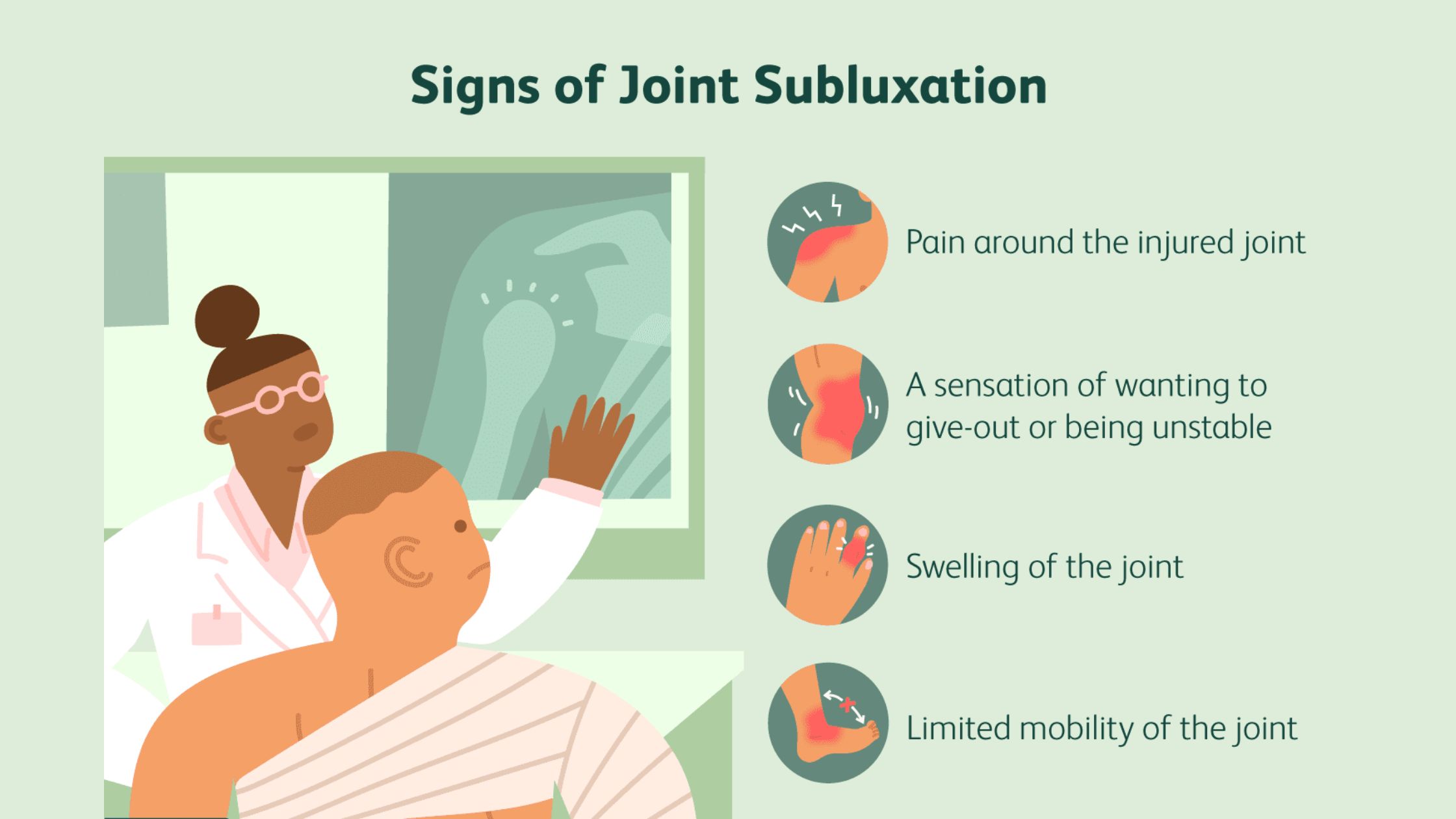Subluxation is a term that has been used in various contexts, especially in relation to the spine and joints. It’s crucial to demystify this term and understand what it truly means. In this blog, we’ll explore what subluxation is, its implications, and how it is approached in healthcare.
Defining Subluxation
Subluxation refers to a partial dislocation of a joint. Unlike a complete dislocation, where the joint surfaces lose all contact, in a subluxation, the joint surfaces remain in partial contact. This condition can occur in any joint of the body, but it’s most commonly associated with the spine.
Subluxation in the Spine
In the realm of chiropractic care, subluxation is often used to describe a purported misalignment of vertebrae in the spine, which is believed to interfere with the nervous system’s function. It’s important to note that the concept of subluxation in chiropractic care is a topic of ongoing debate within the broader medical community.
Chiropractic Perspective
Chiropractors who work with the subluxation model believe that misalignments in the spine can lead to interference in the nervous system, affecting overall health and well-being. They use spinal adjustments or manipulations to realign the spine and alleviate symptoms associated with these subluxations.
Mainstream Medical View
Mainstream medicine generally approaches joint misalignments differently. While acknowledging that joints can become misaligned, it doesn’t always embrace the term “subluxation” in the way chiropractors do. Instead, medical professionals often refer to specific anatomical terms and may use techniques such as physical therapy, pain management, or surgery, depending on the severity and location of the misalignment.
Evidence and Controversies
The concept of subluxation in chiropractic care has been a subject of much debate. Some studies suggest that spinal manipulations can be effective for certain types of back pain and musculoskeletal issues. However, the specific mechanism through which these treatments work remains a topic of ongoing research.
Critics argue that the term “subluxation” can be vague and lacks consistent scientific definition. They emphasize the need for clear, evidence-based criteria to diagnose and treat joint issues effectively.
Also Read: The Wonders of Lanolin: Nature’s Moisture Miracle
Seeking Professional Care
If you’re experiencing joint pain or discomfort, it’s crucial to seek professional advice. A qualified healthcare provider, such as a chiropractor, orthopedic specialist, or physical therapist, can conduct a thorough examination, including imaging studies if necessary, to accurately diagnose and treat any joint issues.
Conclusion
Subluxation is a term that holds different meanings in various healthcare contexts. Understanding its implications and how it is approached by different healthcare providers is essential for making informed decisions about your health. Whether you choose chiropractic care or mainstream medical interventions, seeking professional advice is the first step toward finding relief and improving your overall well-being.
Remember, individual responses to treatments may vary, so open communication with your healthcare provider is key to achieving the best outcome for your specific situation.


























